settings
children
With Famly since
10 communication and language activities that are EYFS approved
1. Practice turn-taking and talking with the pom-pom avalanche
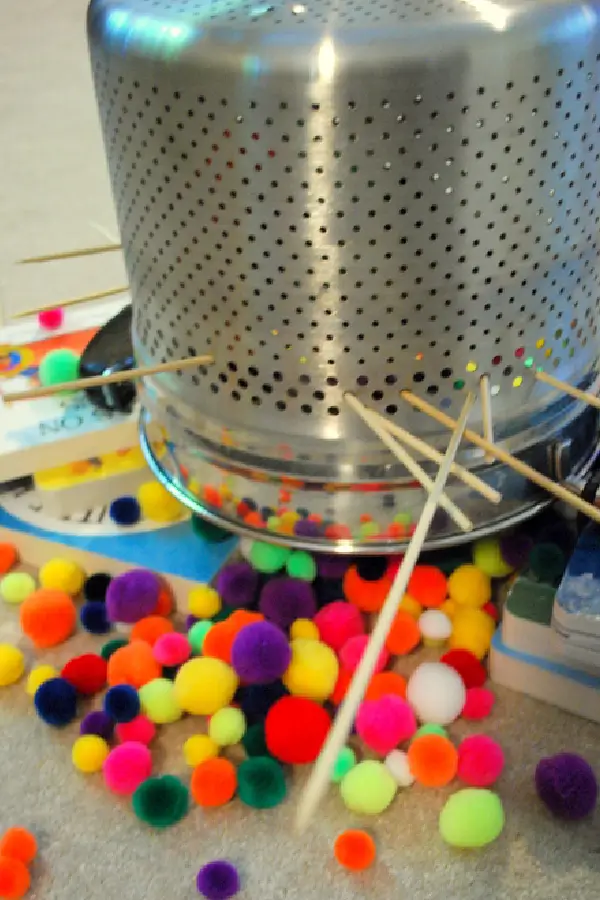
Pom Pom Turn Taking Game by Onetimethrough
What you need for this communication and language activity:
- Around 50 coloured pom-poms
- Wooden barbecue sticks or pipe cleaners
- A large colander
Trap the pom-poms in the colander using the wooden sticks or pipe cleaners and then turn it upside down. Next, the children take turns to carefully remove one stick or pipe cleaner each, until all of the pom poms fall down like an avalanche!
Why it works:
Children are able to practice turn-taking (as you do in conversation) in a fun way, and support their fine motor skills to boot. Plus, there's plenty of opportunity for new vocabulary when talking about what's happening in the game.
2. Develop attention with a classic memory game

Paper Plate Big Alphabet Memory Game by Frugal Fun For Boys and Girls
What you need for this communication and language activity:
- A Dozen Paper Plates
- Marker Pens
A kingsize variation of the good old pair-matching game. Take several paper plates and markers and write some letters if you want your little ones to practice literacy or draw shapes, animals and other items if it’s time to build their vocabulary.
Why it works:
Another opportunity to hone those turn-taking skills and practice paying attention. Children can also help one another out, using their broadening verbal and social skills to support a teammate. This is also a great way to throw in some positional vocabulary, to extend sentences like "that one there."
3. Get talking on the DIY telephone
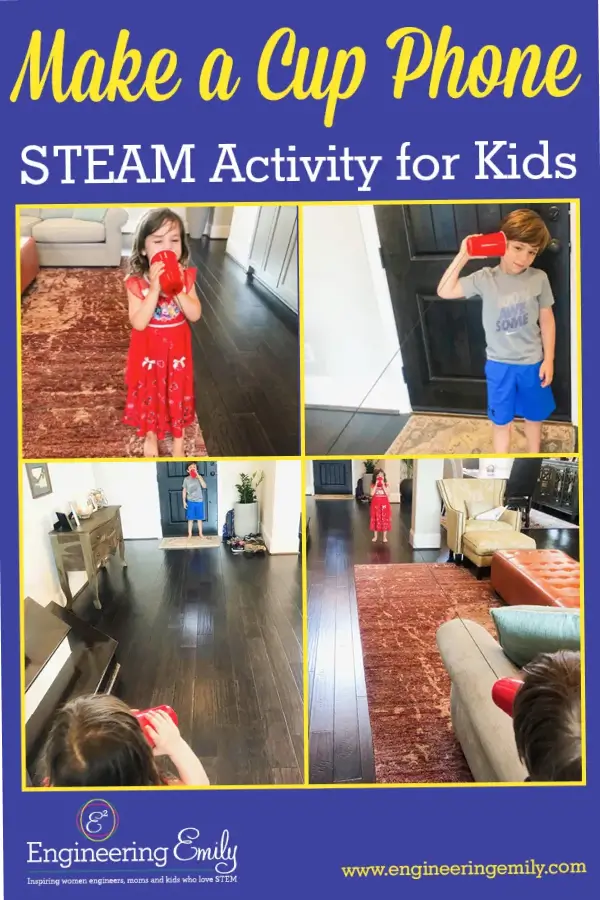
Make a cup phone by Engineering Emily
What you need for this communication and language activity:
- Plastic Cups
- String or Rope
- Paint for Decoration
This simple, crafty telephone will engage children for hours. All they need to do is paint some plastic cups, poke a hole in each of them, and thread string through the bottom. You can experiment with various speaking activities but we recommend the old-school game of telephone where kids whisper to each other and pass the message around.
Why it works:
While phones with cords may be a thing of the past, a good old natter on the phone is likely to be something the children in your setting are familiar with. Whether it's role-playing being a parent or carer on the telephone, or passing messages to one another, the more opportunities to talk and communicate with one another, the better.
4. Practice careful listening with a game of dance freeze
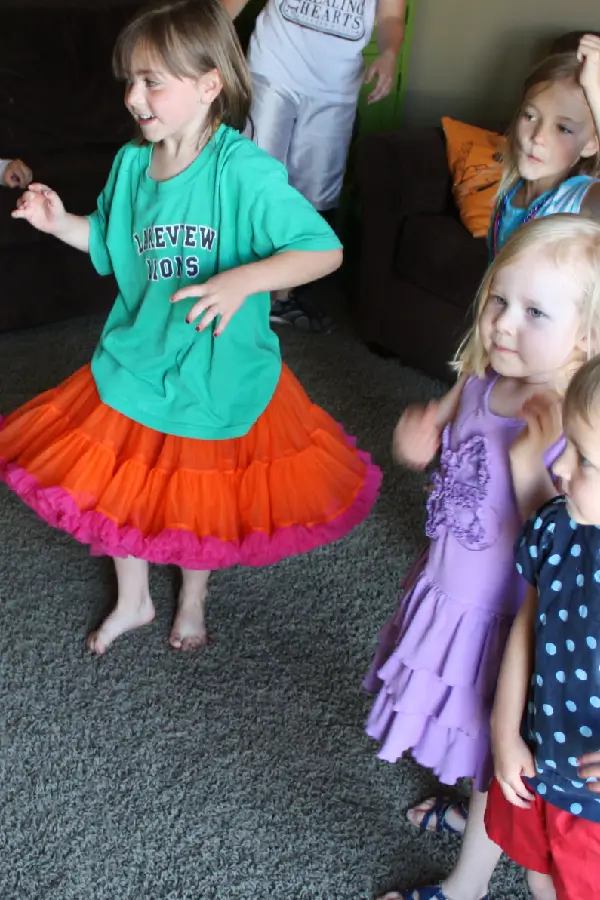
Game of the Week: Dance Freeze by Playworks
What you need for this communication and language activity:
- A Music Player
- An Open Area Free of Obstacles
Dance when the music’s on and freeze when it stops - just like musical statues. You might know it as some ice-breaker entertainment for a birthday party, but it’s also great for an attention and listening exercise. If you’re not sure what to play, check out this video with some lovely, cartoon characters that sing and guide their audience.
Why it works:
Communication requires good listening and, like any other skill, those listening skills need careful development. Making a game of listening carefully, and responding appropriately when a sound starts or stops, is a great way to practice using those all-important listening ears.
5. Tell a tale with some story stones
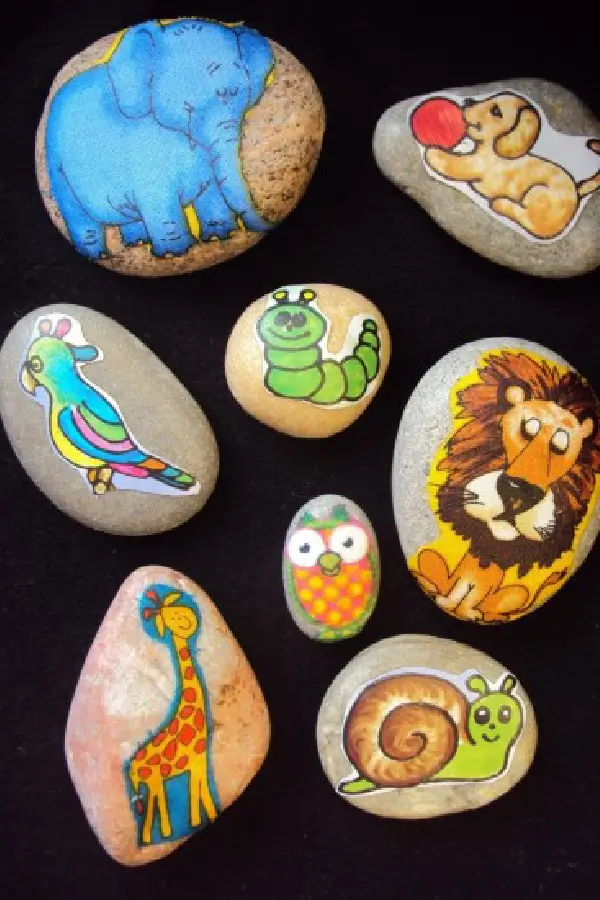
Homemade Story Stones by Happy Hooligans
What you need for this communication and language activity:
- Small Stones
- Stickers or Mod Podge and Magazine Pictures Cut-Outs
First, you'll need some flat and smooth stones from a craft shop, beach, or your setting's garden. Next, you and the children decorate them with individual pictures, that can prompt part of a story. Choose one of the stones and start a tale based on the picture on it, then encourage your preschoolers to draw more stones and continue the story.
Why it works:
Story stones are essentially very simple prompts for narrative play. "Tell me a story about this sun, painted on the stone," is far easier instruction to hear than just "Talk to me about something!" If you want the children in your setting to talk, give them something interesting to talk about.
6. Get chatting about fashion with this dressing-up activity
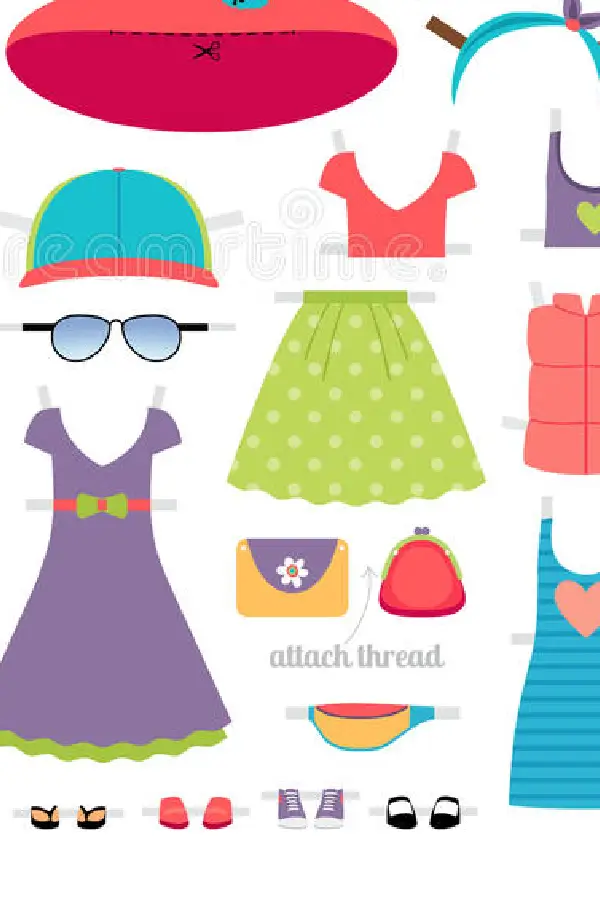
Free Let’s Get Dressed Game by Teaching Talking
What you need for this communication and language activity:
- Free Printables
- Scissors
Simply print the free templates and cut them out.
Why it works:
As above, children are inspired to communicate about something that interests them. These neat printables encourage your little fashionistas to use vocabulary about clothes and colours and can support talking about personal care routines, differences, and preferences.
7. See and say with "I Spy"

72 ways to play "I Spy with my little eye"
What you need for this communication and language activity:
- Nothing, actually!
At the link, you'll find 72 (!) variations of ‘I Spy’ game to mix up the old classic.
Why it works:
I spy is fantastic for communication and language. Within the game are opportunities for children to practice thinking about questions they can ask (and listening to the answer), turn-taking, remembering what's been asked before, and of course, social interactions.
8. Talking practice for pre-schoolers with Tabboo
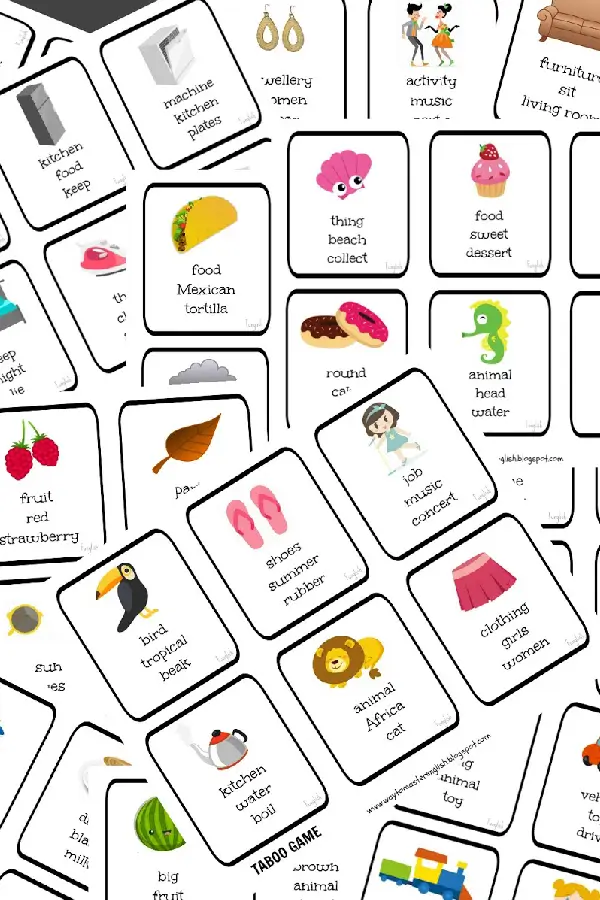
Taboo Pack for Kids by Way to Master English
What you need for this communication and language activity:
- The free printables from the link above
- Scissors
Each card consists of a picture that players have to explain to each other without using the three words listed underneath. It’s an amazing, playful activity that takes vocabulary development to a whole new level and encourages creativity.
Why it works:
This game is perfect for older children who are developing a broader vocabulary. The game forces the players to think beyond the 'taboo' words listed, to describe an object in a way that their friends will understand and recognise it.
9. Nursery Rhymes for nursery children
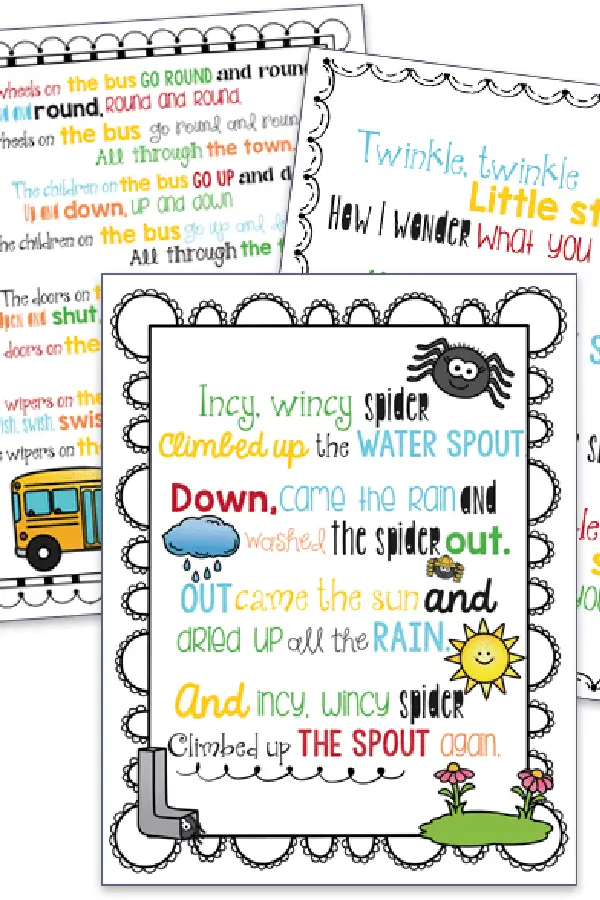
10 Nursery Rhymes to Sing With Babies by Rainy Day Mum
What you need for this communication and language activity:
- Music Player or Some Instruments
These ten all-time classics are great for singing and adding a little music to your day.
Why it works:
Nursery rhymes tend to be simple and repetitive, so easy for little ones to pick up, remember, and repeat, while practising pronunciation and intonation. You can also learn more about adding music to your curriculum here.
10. Plain and simple story time
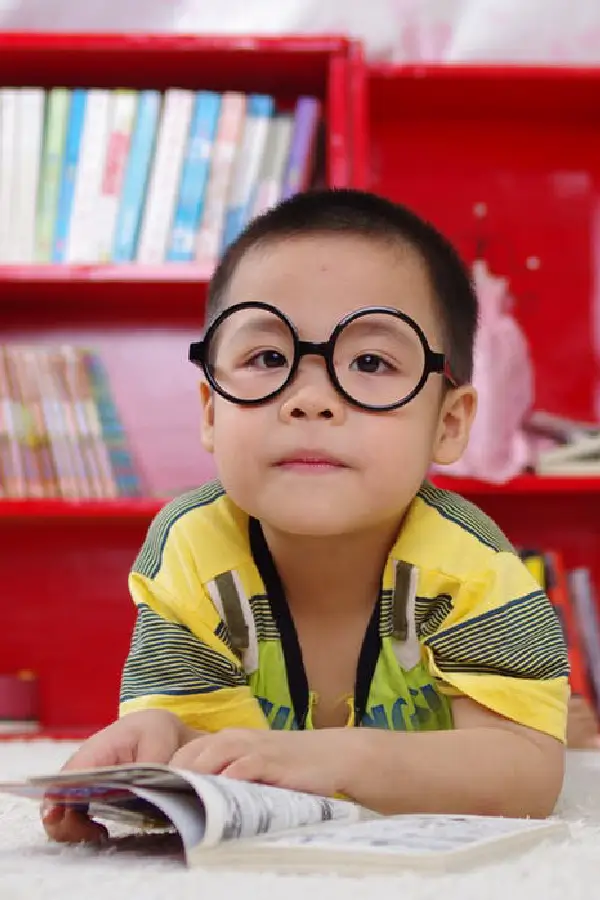
World Book Day: 11 Books from Around the World by Famly
What you need for this communication and language activity:
- Books
- A Cosy Reading Nook
Toss The Very Hungry Caterpillar aside for a moment and check out this list of classics from all around the globe.
Why it works:
We have entire articles on how to make the most of story time, as it's such a key feature of good quality early years provision. For more inspiration, why not check some of them out :
The big ideas
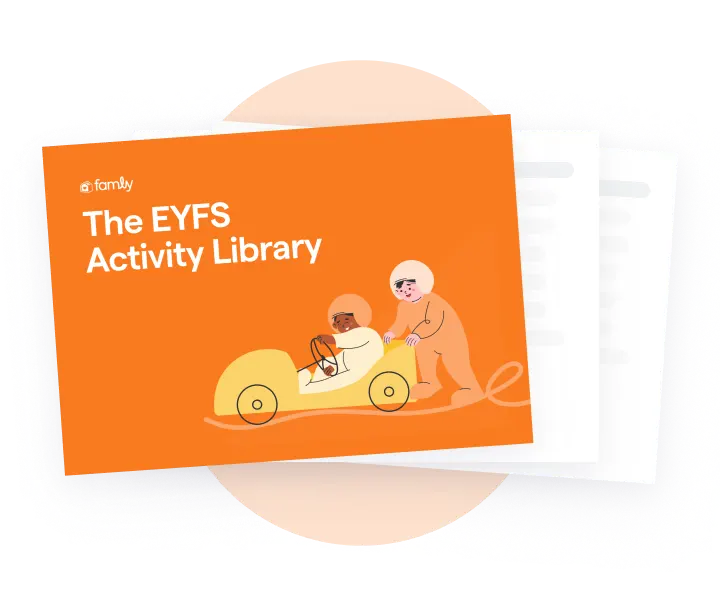
Please note: here at Famly we love sharing creative activities for you to try with the children at your setting, but you know them best. Take the time to consider adaptions you might need to make so these activities are accessible and developmentally appropriate for the children you work with. Just as you ordinarily would, conduct risk assessments for your children and your setting before undertaking new activities, and ensure you and your staff are following your own health and safety guidelines.
Get 1000s of free EY activities
Want over 7,000 activities? See them in a free 14-day trial. Filter to target learning areas, age groups and topics, and get inspired.
Get started









